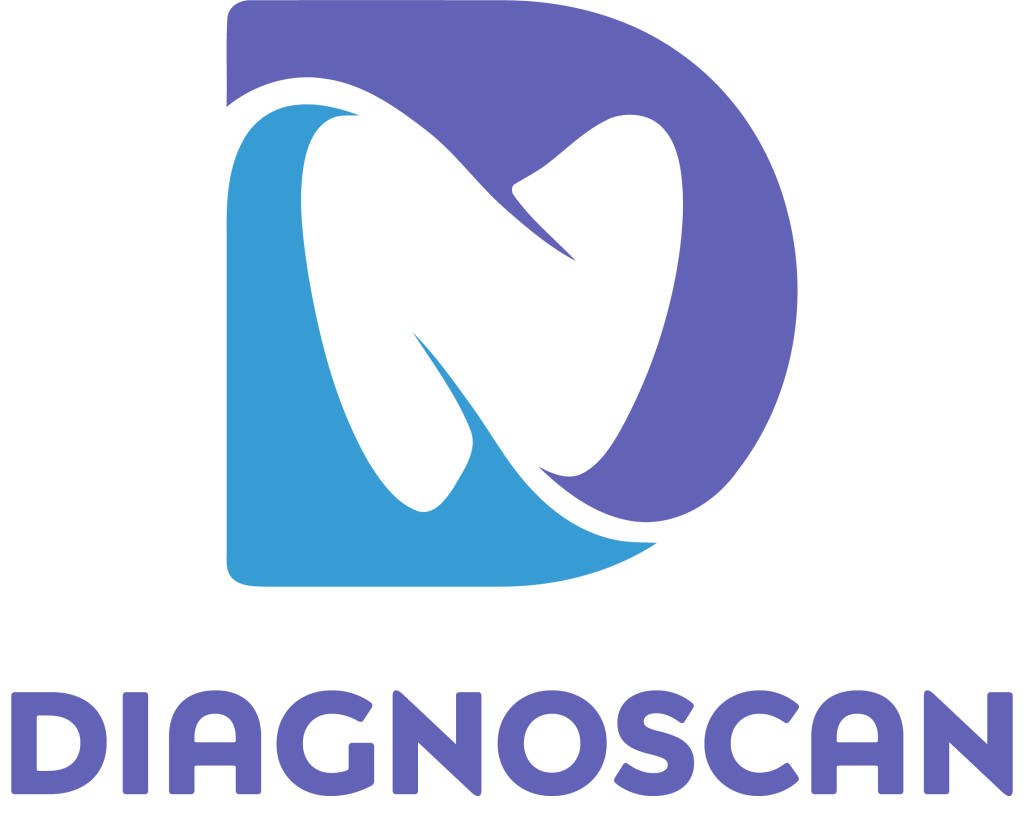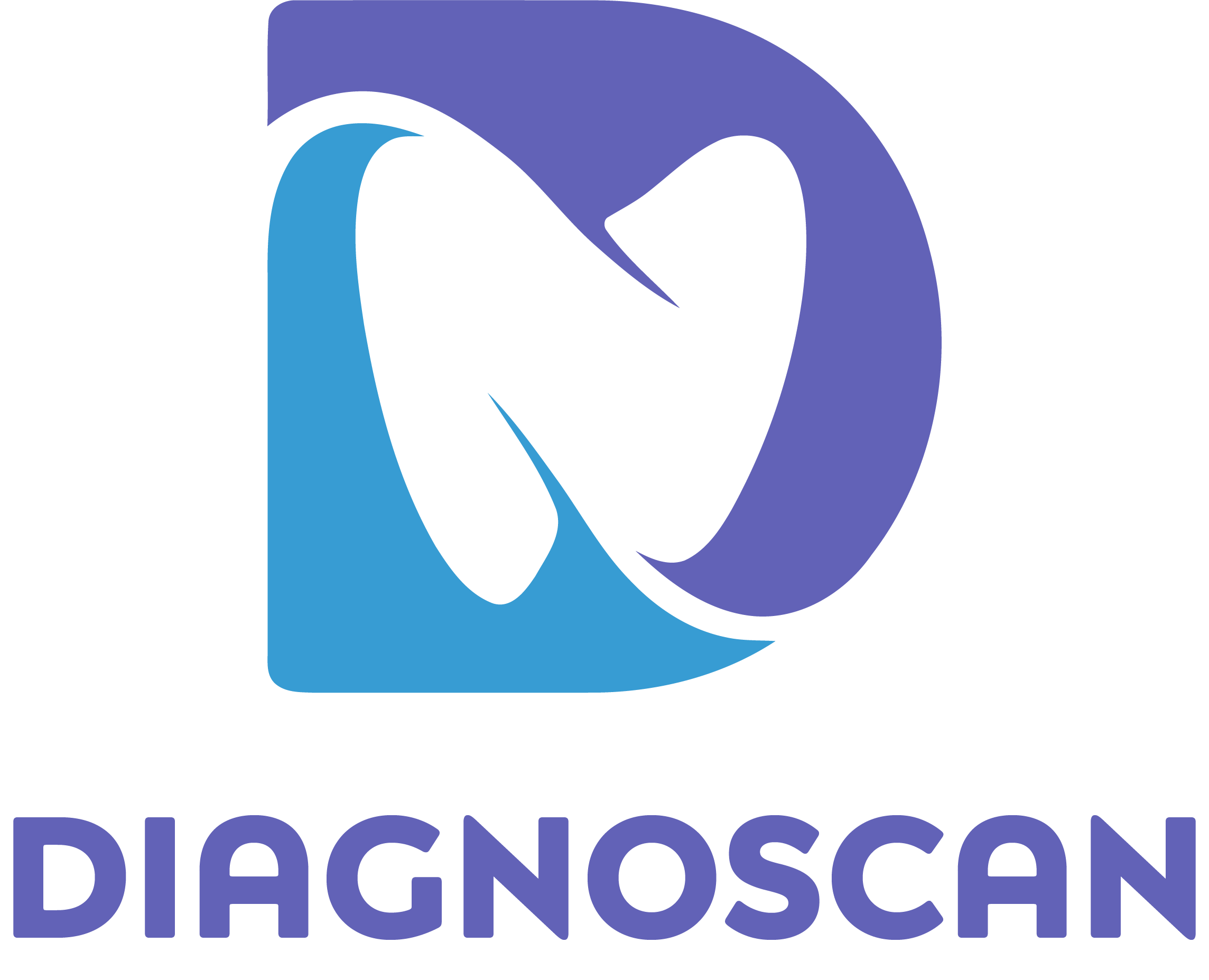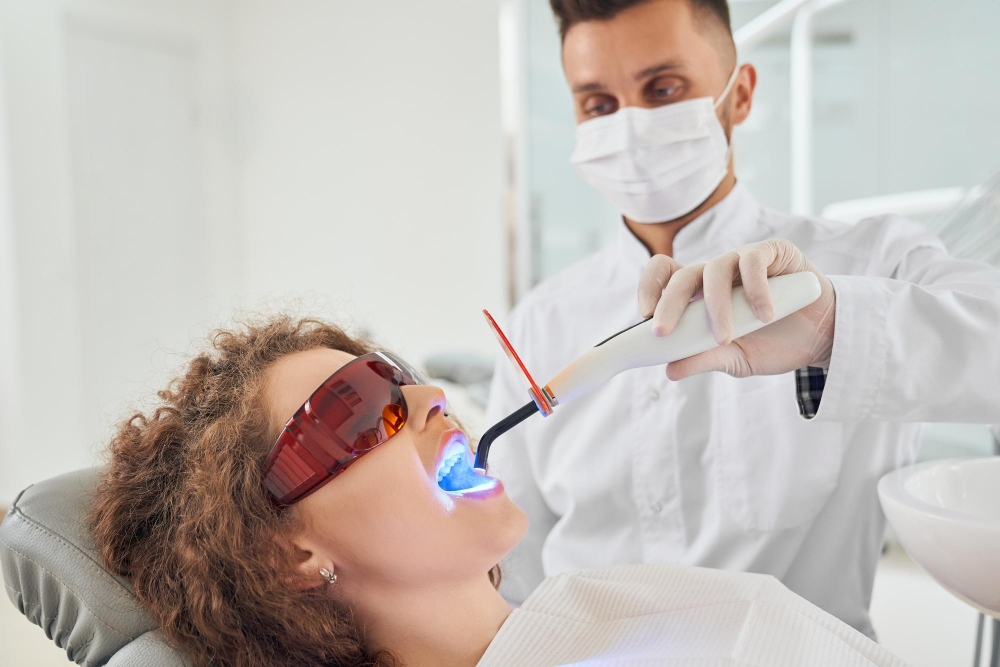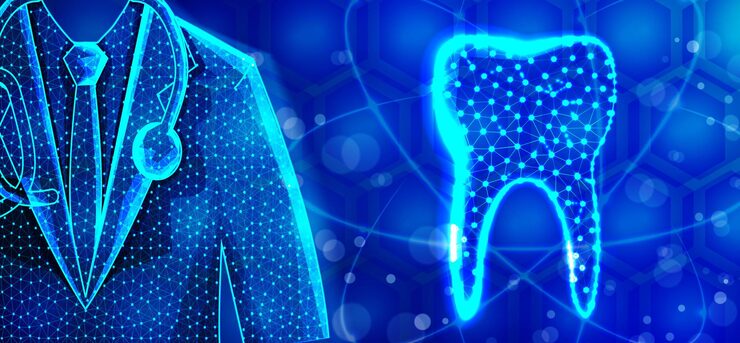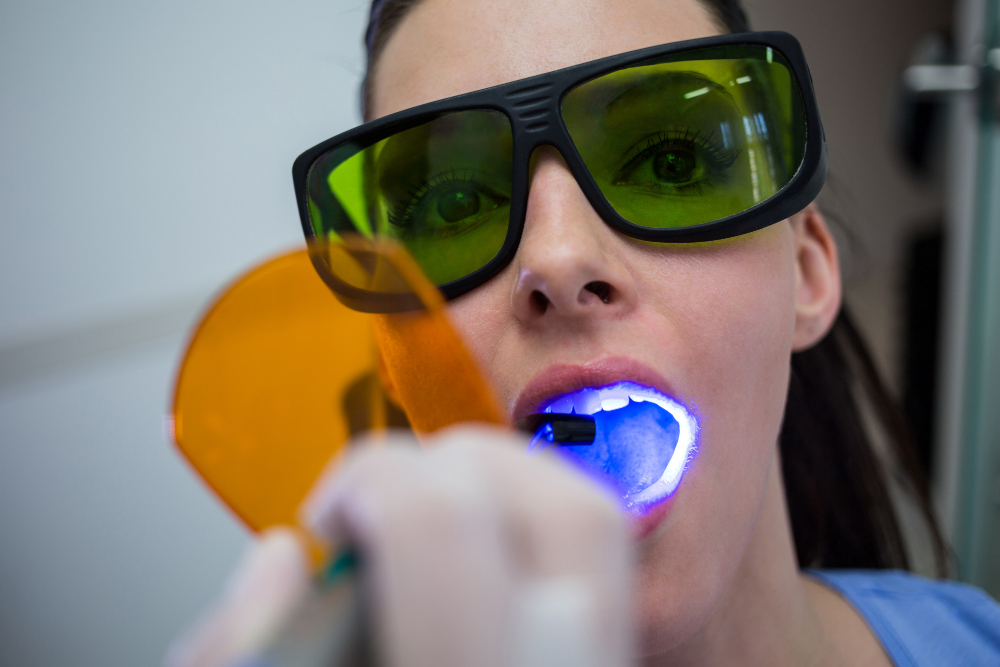The future of dental diagnostics is being defined by advancements in optical physics. With the demand for safer and more accurate technologies, transillumination in dentistry has become a scientifically proven alternative to conventional X-rays. Diagnoscan and other devices that use high-powered light sources now enable clinicians to identify lesions, microcracks, and carious tissue sooner and more precisely. Not only are these methods non-invasive dental diagnostics, but they are also ionizing radiation-free, making them well-suited for repetitive use and preventive treatment. As light-based imaging becomes a mainstay in contemporary clinics, the incorporation of optical dental tools is no longer a futuristic ideal, it’s the new standard for clinical excellence.
Principles of Transillumination in Dentistry
At the heart of transillumination in dentistry lies the principle of differential light transmission. Enamel, being a crystalline semi-translucent structure, transmits light with little scattering. In the presence of decay, however, infected areas absorb and scatter more light and are perceived as dark shadows. The optical contrast yields real-time visualization of interproximal caries and microfractures that typically do not manifest in radiographs. Studies have shown that when used correctly, optical dental tools using transillumination have detection rates of over 90% for lesions confined to the enamel (Kuhnisch et al., Journal of Dentistry, 2022). The non-ionizing nature of light-based systems further permits safer longitudinal monitoring. The inclusion of Diagnoscan in diagnosis routines based on this principle represents a paradigm shift in the detection and management of early dental pathology.
Optical Properties of Enamel and Dentin
The behavior of light in biological tissues is at the heart of the science of non-invasive dental diagnostics. The low absorption coefficient of enamel permits light penetration to reveal subsurface features, and dentin’s tubular structure enhances scattering. This differential interaction is the basis for improved lesion visibility in optical dental tools. In particular, near-infrared (NIR) wavelengths from 780–1500 nm are found to provide optimal contrast between sound and demineralized enamel (Jones et al., Optics Express, 2023). These wavelengths are also free from fluorescence interference, which makes the approach extremely reproducible. With devices such as Diagnoscan continuing to advance their wavelength tuning and image processing algorithms, new potential is unleashed in the detection of early caries, cracked tooth syndrome, and even enamel hypomineralization, areas in which conventional diagnostics are deficient.
Scientific Comparison with Radiography
For decades, radiographs have ruled dental diagnostics. Yet scientific evidence increasingly demonstrates that transillumination in dentistry can outperform X-rays for some uses. Radiographic imaging is hampered by two-dimensionality, ionizing radiation, and low sensitivity for enamel-only lesions. By comparison, non-invasive dental diagnostics through transillumination provide safer, real-time, and highly sensitive options. A 2021 meta-analysis (Caries Research) concluded transillumination devices detected early proximal caries with a sensitivity of 0.89 compared to 0.66 for bitewing radiographs. Further, optical dental instruments require no protective shielding or exposure restrictions, making them perfect for pediatric and pregnant patients. With Diagnoscan embracing newer LED and microprocessor technologies, it continues to bridge the performance gap, providing diagnostics that are not only safer but scientifically stronger.
Advantages of Optical Integration in Clinics
The integration of optical dental tools into daily practice brings not only diagnostic enhancement but also workflow efficiency. Products such as Diagnoscan are fully compatible with IoT platforms, providing real-time imaging, remote consultation, and digital record-keeping. Clinicians enjoy immediate visual feedback, which translates to better chairside communication and patient trust. Additionally, these non-invasive dental diagnostics make patients less anxious, particularly radiation-aware or procedure-averse populations. Scientific research also indicates that frequent monitoring with transillumination is associated with less cavity progression due to early intervention (Lee et al., Dental Materials Journal, 2023). With enhanced ergonomics and user-friendly interfaces, the introduction of transillumination into dentistry represents a profound improvement in the quality of care.
Light-Based Diagnostics and Preventive Dentistry
Preventive dentistry flourishes with early detection, and that’s where non-invasive dental diagnostics excel. By identifying lesions at the demineralization phase, clinicians can implement remineralization therapies instead of taking up drilling. The accuracy of optical dental devices means every intervention is evidence-based, which supports the minimally invasive philosophy. Public health models increasingly recommend devices that facilitate earlier access to care, especially in remote or underserved areas where radiographic infrastructure might be unavailable. Diagnoscan, in leveraging these scientific principles, illustrates how transillumination in dentistry isn’t simply a matter of improved imaging, but about reinventing how we conceptualize oral health intervention in the 21st century.
Conclusion
As dentistry turns toward innovation, the value of science-based diagnostics cannot be underestimated. Technologies such as Diagnoscan, based on light physics and optical analysis, are more than new products; they are a new philosophy. Transillumination in dentistry, driven by breakthroughs in wavelength optimization and tissue imaging, is leading the way to safer, smarter, and more proactive dental care. Combined with the ideals of non-invasive dental diagnostics and complemented by advanced optical dental instruments, this methodology enables professionals to detect, treat, and prevent with more confidence than ever before. This is not just a better product; it is a better future for dentistry.
